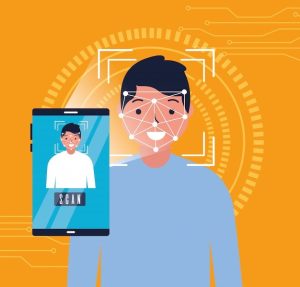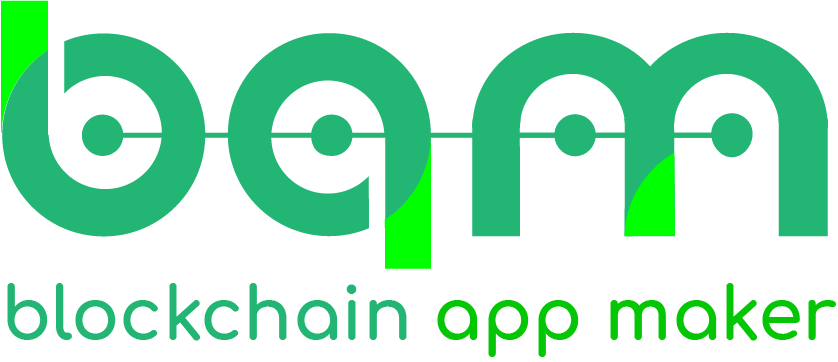Introduction
Blockchain Technology is used by decentralized identity verification systems to provide safe, transparent, and tamper-proof identification solutions. It gives people the ability to manage their personal information while upholding privacy and trust. The influence and practical uses of these technologies are demonstrated by the case study of successful installations.
Global health systems are plagued by the management of patient identities, exchange of medical records, and adherence to private laws. The HealthID project, therefore, is developed in order to use Blockchain-Based Decentralized Identification Technology aimed at solving these problems. Secure medical information sharing and successful onboarding of patients become possible, while fraudsters’ plans are thwarted, within a powerful, open, and lawful healthcare ecosystem.
Client Overview
Client: A big hospital group that has spread across a number of cities and it serves over 5 million patients every year.
Industry: Healthcare
Challenges:
- The patient record is not easily shared across hospitals. This delays the diagnosis and even the treatment.
- There is common identity fraud on healthcare insurance claims.
- The client operates under strict data protection rules such as HIPAA and GDPR.
Objectives
- Implement the Unified Patient Identity Management System.
- They allow for a safe and glitch-free sharing of patients’ files across healthcare providers.
- Prevent medical identity fraud, improve data transparency.
- Ensure privacy and security regulations are being met.
Solution
HealthID was designed as a decentralized identity verification system based on blockchain technology. It gives a unified patient ID, secure data-sharing mechanisms, and fraud prevention features.
Key Features of HealthID
- Self-Sovereign Identity (SSI):
- Patients are fully in control of their identity data and medical records.
- Patients can share data selectively with authorized healthcare providers using smart contracts.

- Unified Digital Patient ID:
- Decentralized digital ID is provided to each patient, connected with medical history, insurance, and diagnostic reports.
- Blockchain makes the ID immutable and authentic.

- Permissioned Data Sharing:
- Patient allows specific health care providers to access needed records
- Data is encrypted and shared using zero-knowledge proofs, ensuring privacy.

- Fraud Prevention:
- Block chain locks identity verification from duplicate and fake identities.
- Insurance claims are verified on immutable blockchain’s preventing fraud.

- Interoperability:
- Integrated with Electronic Health Record (EHR) systems through APIs.
- Support multi-chain communication protocols for cross-platform collaboration.

- Regulatory Compliance:
- This solution is pre-built for HIPAA, GDPR and other local regulations on health data.

Technology Stack

- Blockchain Platform: Hyperledger Fabric, is a private, permissioned blockchain for enterprise-level applications, and the technology stack that represents the blockchain platform.
- Smart Contracts: Made identity verification and automated data access permissions possible.
- Biometrics: Multi-modality face and fingerprint authentication for secure identity confirmation.
Implementation Process
- Requirements Analysis:
- Patient, insurance companies and hospitals, workshops to understand where they feel pain.
- Data sharing, and privacy issues.
- Design:
- Architecture decentralized insurance information, medical data, and patient ID.
- User flow for patients, health providers, and insurance companies.
- Scaling and Integration:
- HealthID from Hyperledger Fabric.
- APIs that fit current EHRs.
- Pilot Study
- Three hospitals for a six months study.
- Tested for fraud prevention, sharing of records, and efficiency in onboarding.
- Full Rollout:
- Installed at all hospitals of the network.
- Taught the IT teams and hospital employees how to use the platform.
Results

- Enhanced Productivity:
- From 30 minutes to just 15 minutes, it was 50% less time consumed during the process of bringing onboarding a patient.
- Due to instant sharing of medical records, 40% fewer delays arose in the diagnosis process.
- Advanced Prevention of Frauds:
- Ending duplicate patient IDs that had stopped identity theft.
- 95% fewer fake insurance claims submitted saving over $10 million in a year
- Adhering to Compliance:
- Totally compliant with GDPR and HIPAA.
- Checks conducted against data protection ensured that no glaring flaw existed
- Patients’ Empowerment:
- More than 90% of the patients rated the openness and privacy control of the system as satisfactory.
- Patients valued the ability to manage who had access to their medical information.
- Cost Reductions:
- There was a 30% saving in direct operating expenses for managing medical records.
- 20% less administrative work was required to handle claims.
Challenges and Overcoming Them
- Challenge: Opposition to Change from Healthcare Employees
Solution: Implemented exhaustive training sessions and user-friendly reference books.
- Challenge: Interoperability between Legacy EHR systems
Solution: Designed custom APIs so data flows seamlessly
- Challenge: Front-end Costs of implementing blockchain in the initial stages
Solution: Implemented in phased steps focusing first on high-impact applications demonstrating returns earlier.
Impact
- Increased patient confidence in the hospital network as a result of safe and open procedures.
- Improved cooperation among regulators, insurers, and hospitals.
- Establish a standard for healthcare identity management that will be used nationally.
Future Scope
Integration with IoT Devices:
Introduce wearable health devices in order to automate real-time patient records update.
Extension to Telemedicine:
Using Health ID for secure identity verification while meeting patients online.
AI Integration:
Apply AI to perform decentralized analytics, which will give predictive insights over medical data to deliver better healthcare services.
Conclusion
HealthID is one such example through which Blockchain can alter Hospital Identity Management Systems in terms of security, efficiency, and transparency. Since HealthID provided patients with self-sovereign identities, it has created a benchmark for future innovations related to healthcare with secure data transfer.




